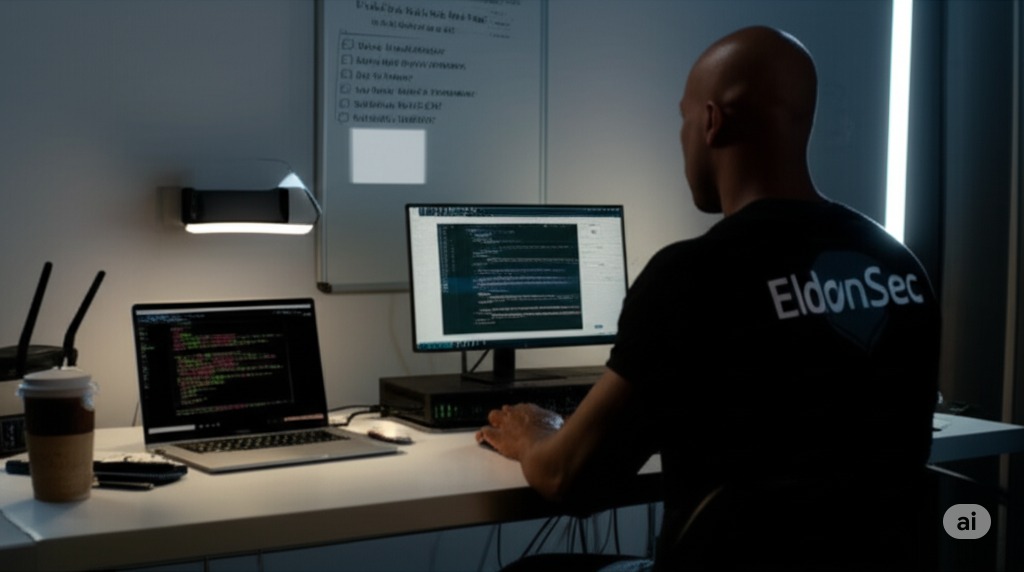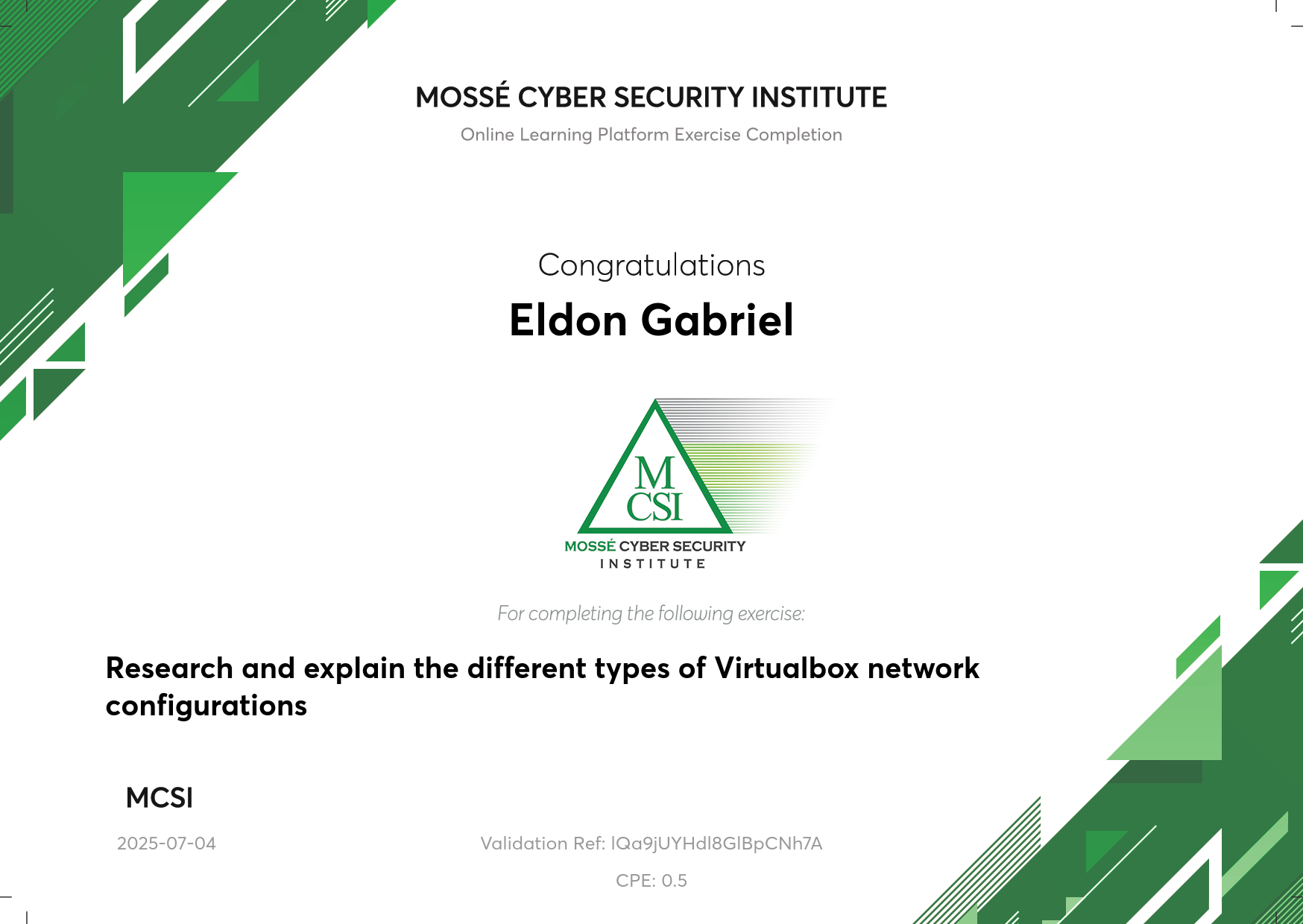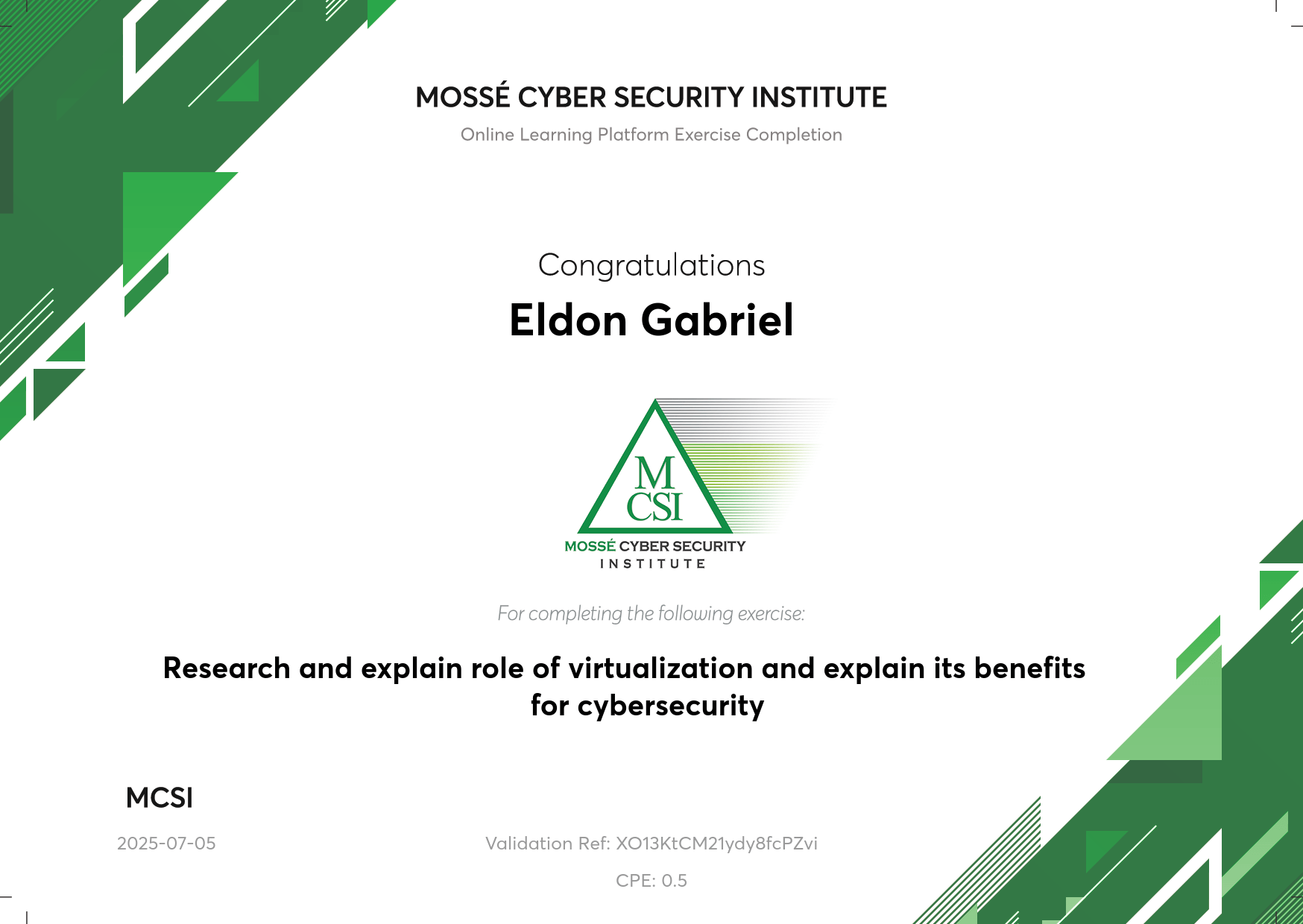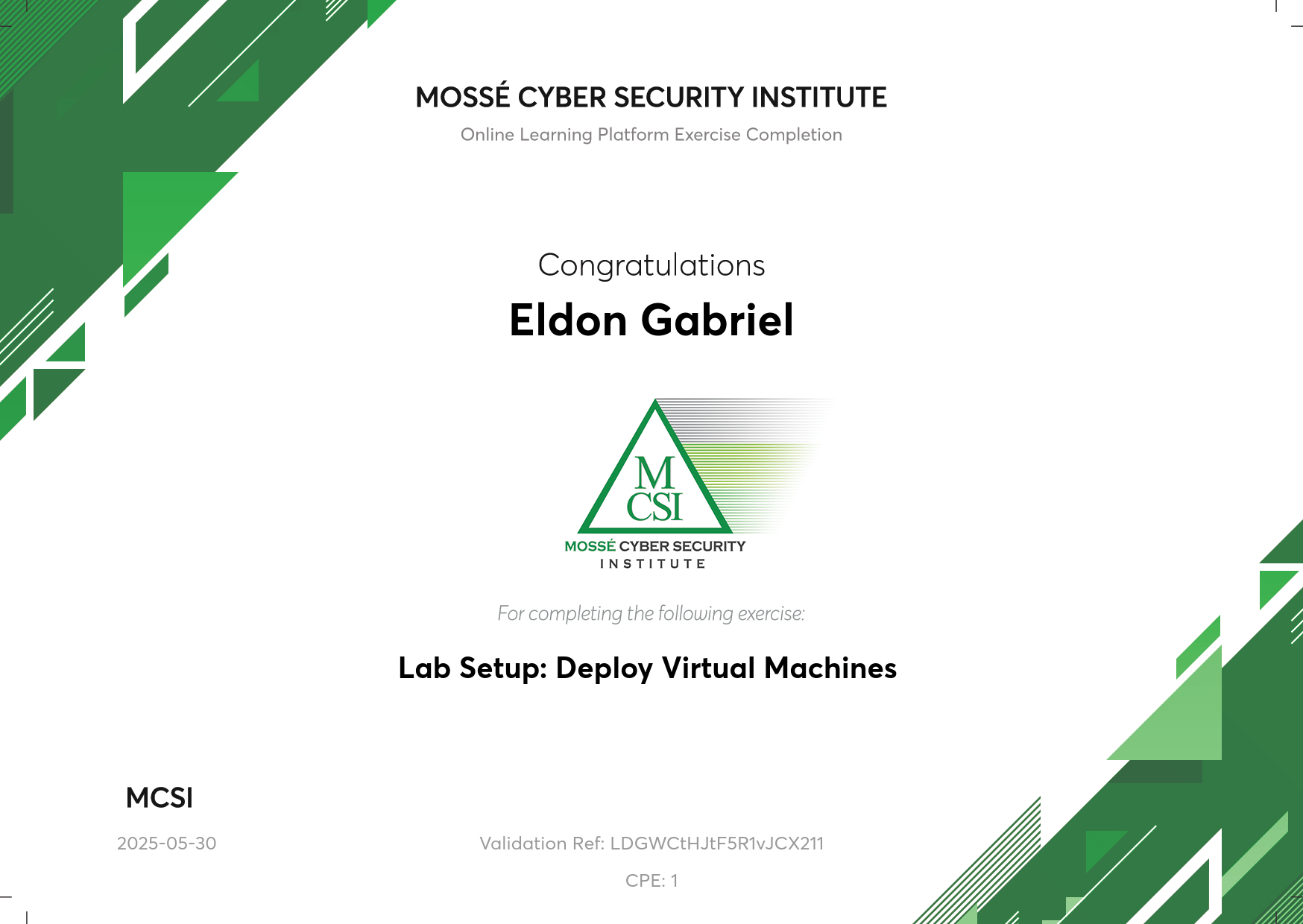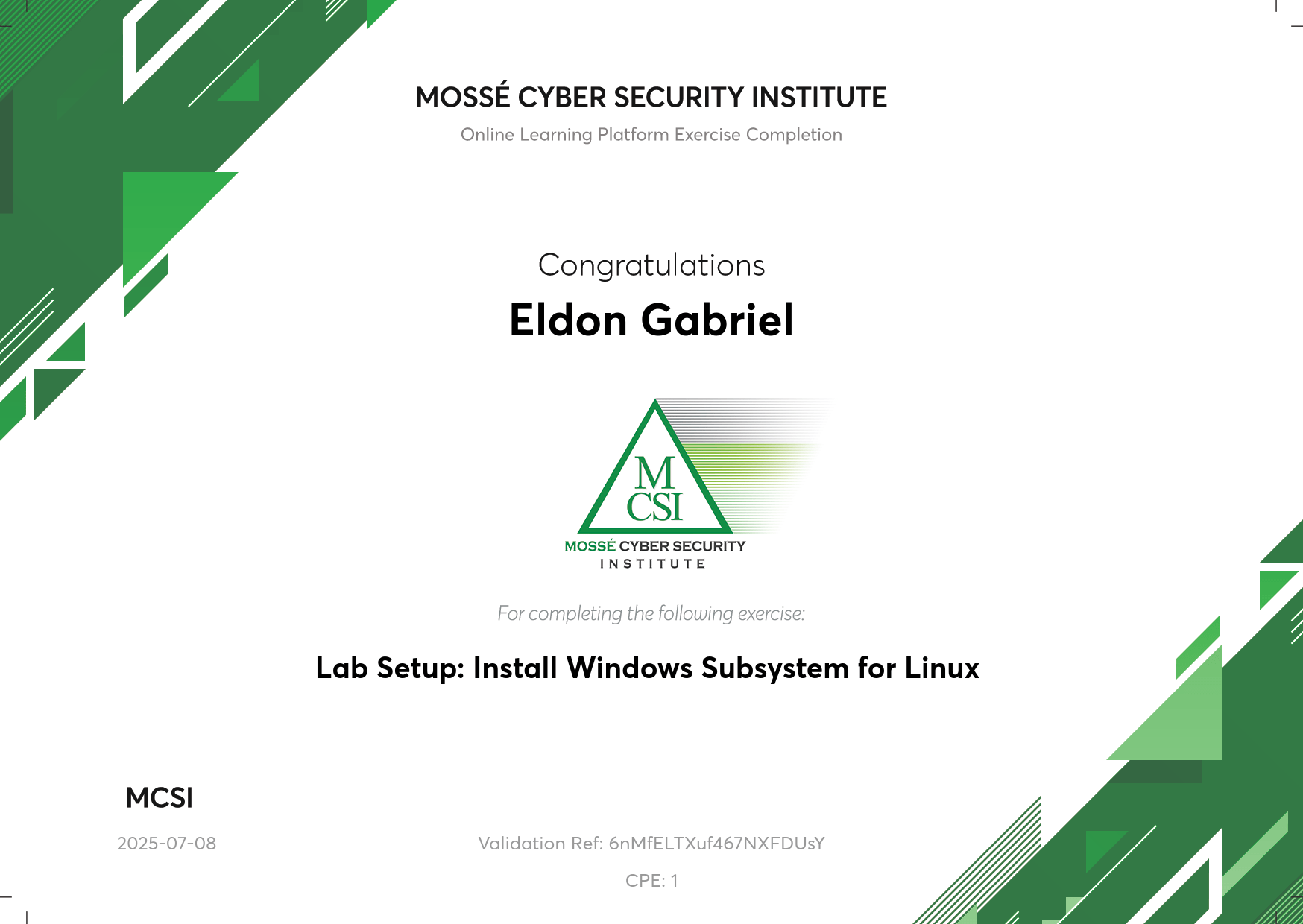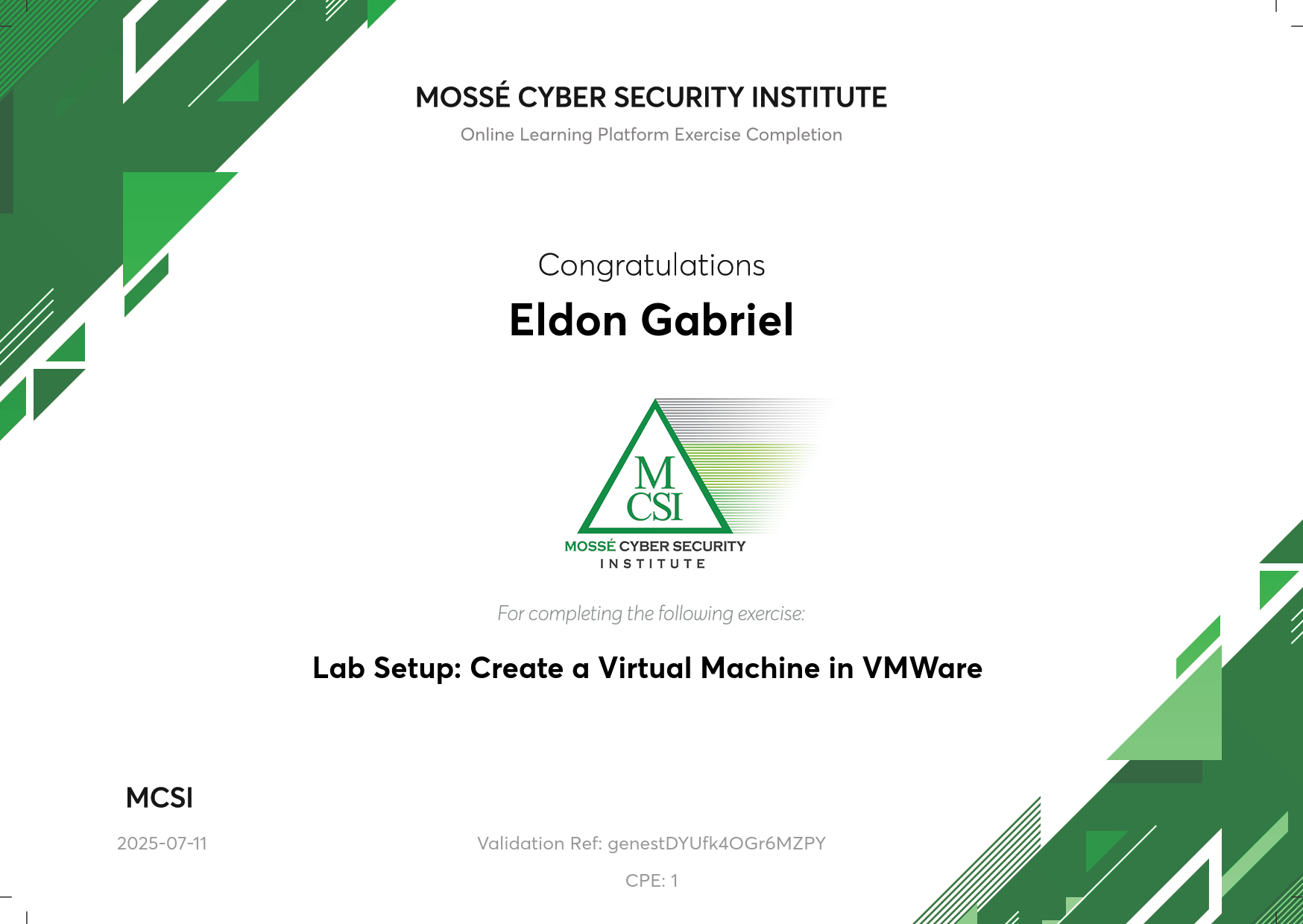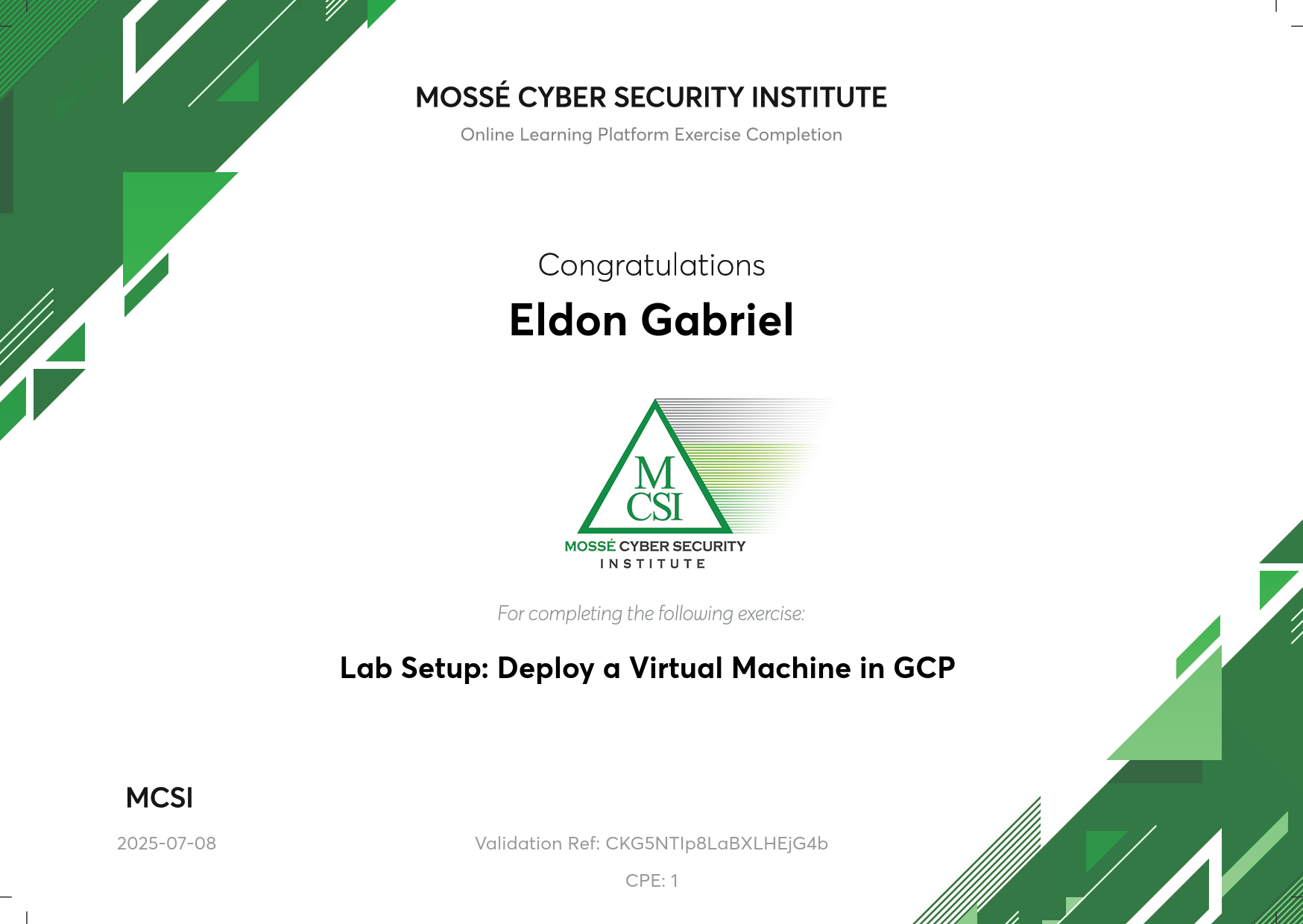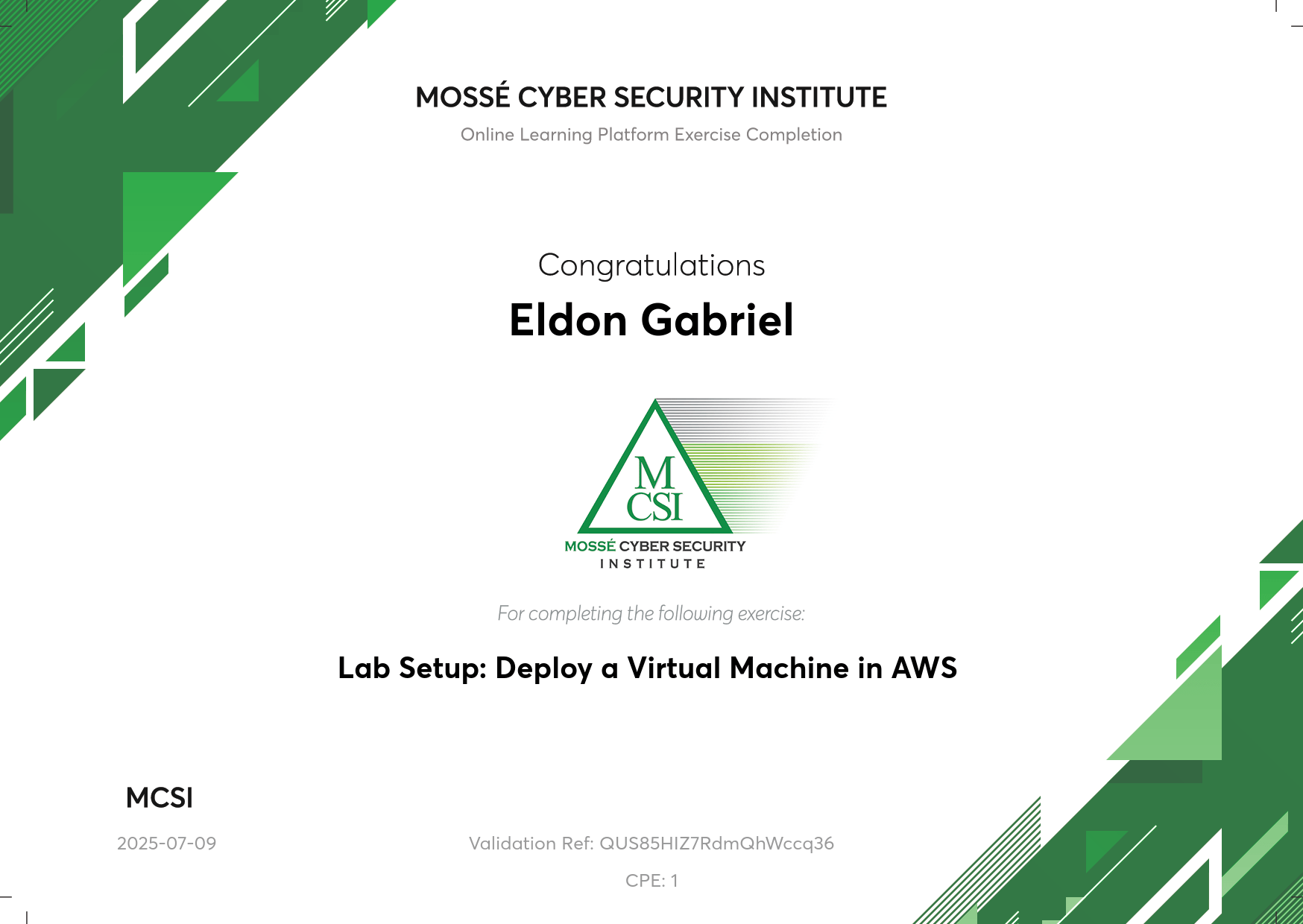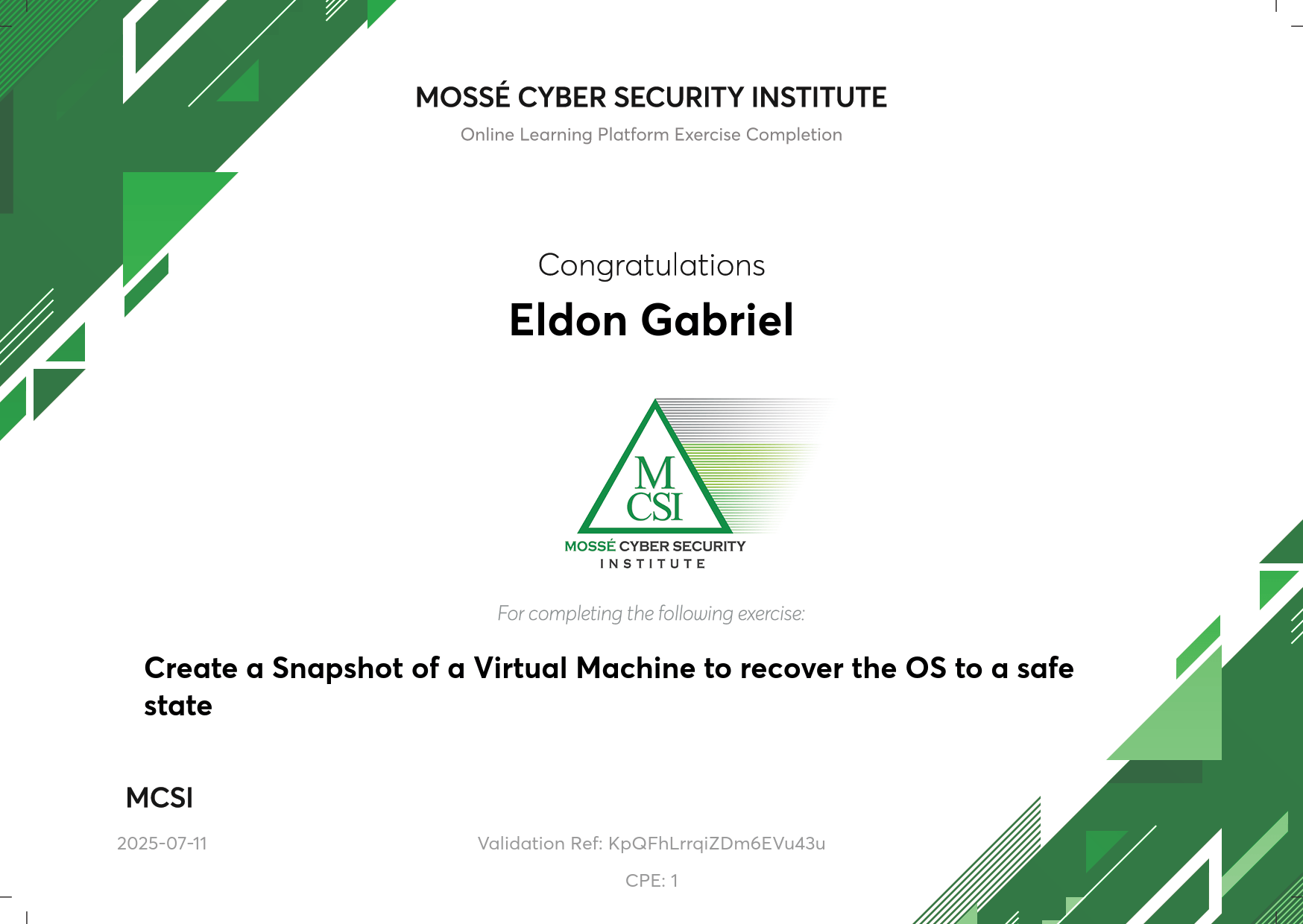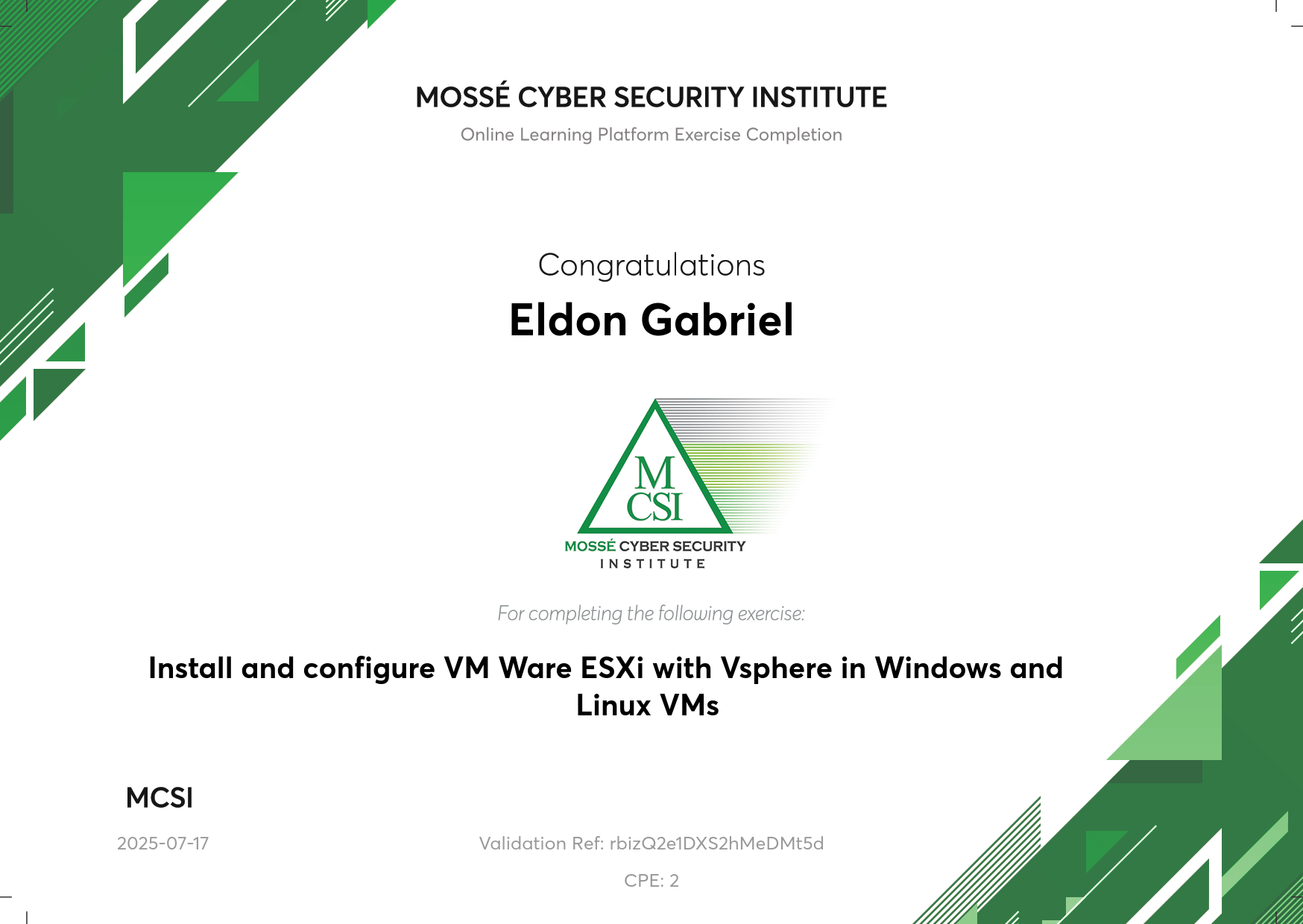I’m nearing the end of the Virtualization Fundamentals module, with 7 out of 9 labs completed. I’ve completed two key system admin tasks using VMware Fusion on macOS with the M2 chip. This journey has given me a solid grasp of virtualization—a crucial skill set for both offensive and defensive cybersecurity operations.
What I’ve Accomplished
Network Modes in VirtualBox
I studied different VirtualBox network configurations like NAT, Bridged, Internal, and Host-only. Learned how they affect VM isolation, traffic routing, and lab containment.
Role of Virtualization in Cybersecurity
Looked into how virtualization helps with malware analysis, attack simulation, secure sandboxing, and business continuity. This tied technical setups to real-world security goals.
Lab Setup: Deploy Virtual Machines
Set up multiple virtual machines on different platforms and hypervisors. This created secure baselines for testing malware, patch verification, and access control audits.
Lab Setup: Install Windows Subsystem for Linux (WSL2)
Installed and configured WSL2 to combine Windows and Linux workflows, boosting workflow efficiency.
Lab Setup: Create a Virtual Machine in VMware
Created VMs with Kali Linux and Windows 11 ARM64 on macOS M2. Configured NAT networking and resolved compatibility issues using VirtIO drivers and firewall tuning.
Lab Setup: Deploy a Virtual Machine in GCP and AWS
Built scalable cloud-based VMs on Google Cloud Platform and AWS. Learned how to manage SSH keys, firewall rules, and VM access controls.
Research & Explanation
- Explored the different types of VirtualBox network configurations.
- Researched the role of virtualization and its benefits for cybersecurity.
Up Next Research & Explanation
- Create a Snapshot of a Virtual Machine: Master rollback and recovery methods for safe testing.
- Install and Configure VMware ESXi with vSphere: Set up enterprise-grade hypervisors for advanced - virtualization, server consolidation, and cloud-like management.
Why Virtualization Skills Matter
- Red Teams rely on isolated, disposable environments to safely test tools and techniques.
- Blue Teams use VMs to simulate attacks, analyze data, and quickly recover systems.
- Virtualization is a must-have skill for security pros handling sandboxes or regulated setups.
What’s Next on My Journey
- Wrap up the ESXi + vSphere installation lab.
- Complete PDF reports and video submissions for my portfolio.
- Apply snapshot, networking, and rollback strategies to future malware analysis labs.
**ℹ️ Update: Virtualization Fundamentals Fully Completed (July 18, 2025)
I’ve successfully finished the last 2 labs since my last update, completing the module:
Create a Snapshot of a Virtual Machine Mastered rollback and recovery methods to guarantee safe testing environments.
Install and Configure VMware ESXi with vSphere
Deployed enterprise-grade hypervisors, managing Windows and Linux VMs for advanced virtualization.
Completing this full section has solidified my virtualization skills across local, cloud, and enterprise platforms. These fundamental capabilities are crucial for both offensive and defensive cybersecurity roles. They provide safe, flexible, and efficient environments for testing, threat hunting, and incident response.
Up next: Diving into Networking Fundamentals to build core skills in protocols and architectures that underpin all secure systems.
ℹ️ Note: Full lab reports and video submissions are available upon request.

